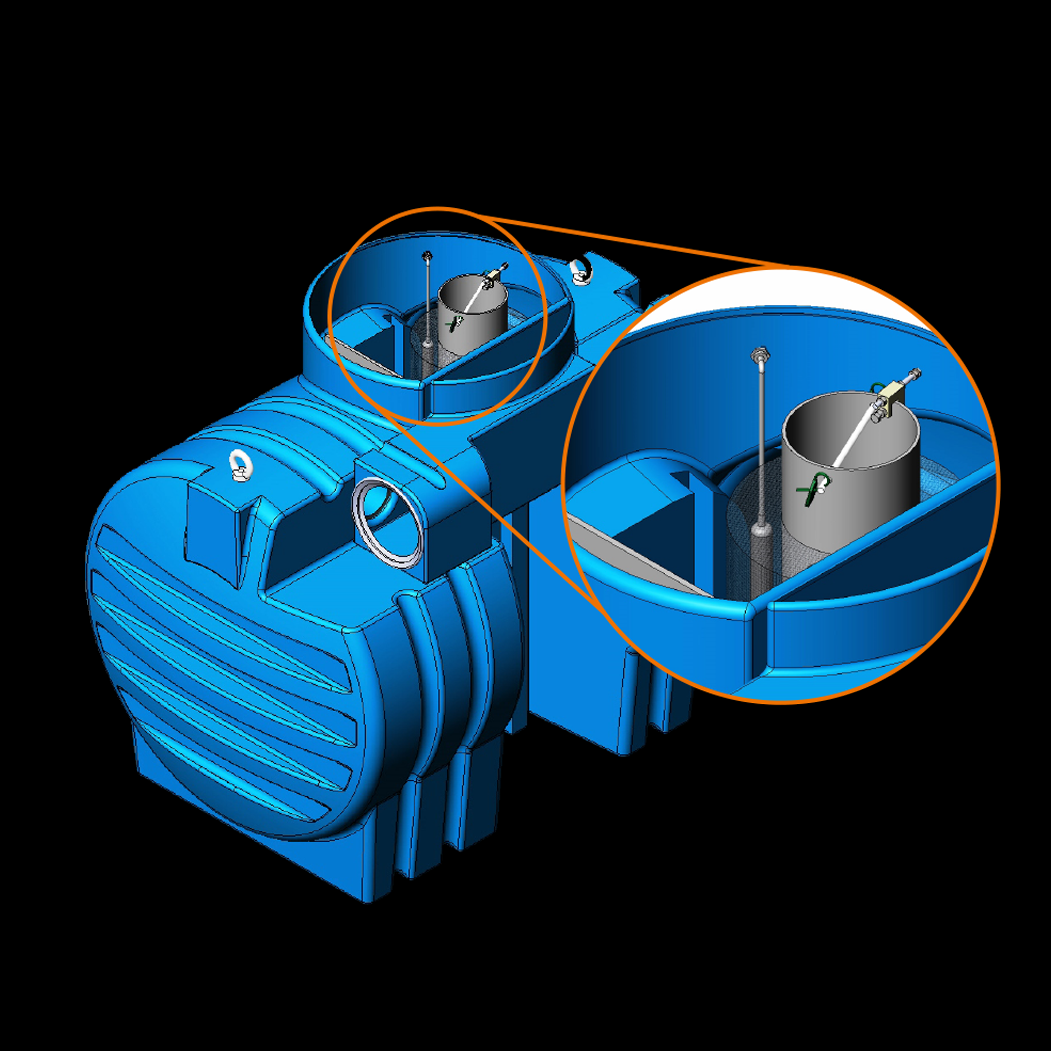
The value of class label here can be only either be -1 or +1 (for 2-class problem). Now, consider the training D such that where represents the n-dimesnsional data point and class label respectively. Now since all the plane x in the hyperplane should satisfy the following equation: Here b is used to select the hyperplane i.e perpendicular to the normal vector. These are commonly referred to as the weight vector in machine learning. Below is the method to calculate linearly separable hyperplane.Ī separating hyperplane can be defined by two terms: an intercept term called b and a decision hyperplane normal vector called w. Generally, the margin can be taken as 2* p, where p is the distance b/w separating hyperplane and nearest support vector. Thus, the best hyperplane will be whose margin is the maximum. This distance b/w separating hyperplanes and support vector known as margin. The idea behind that this hyperplane should farthest from the support vectors. Now, we understand the hyperplane, we also need to find the most optimized hyperplane. So, why it is called a hyperplane, because in 2-dimension, it’s a line but for 1-dimension it can be a point, for 3-dimension it is a plane, and for 3 or more dimensions it is a hyperplane Such a line is called separating hyperplane. In the above scatter, Can we find a line that can separate two categories. ML | One Hot Encoding to treat Categorical data parameters.ML | Label Encoding of datasets in Python.Introduction to Hill Climbing | Artificial Intelligence.Best Python libraries for Machine Learning.Activation functions in Neural Networks.Elbow Method for optimal value of k in KMeans.Decision Tree Introduction with example.Linear Regression (Python Implementation).Removing stop words with NLTK in Python.ISRO CS Syllabus for Scientist/Engineer Exam.ISRO CS Original Papers and Official Keys.GATE CS Original Papers and Official Keys.Additional axes, consisting of the cross-products of pairs of edges, one taken from each object, are required.įor increased efficiency, parallel axes may be calculated as a single axis. In 3D, using face normals alone will fail to separate some edge-on-edge non-colliding cases. Note that this yields possible separating axes, not separating lines/planes. Each face's normal or other feature direction is used as a separating axis. The separating axis theorem can be applied for fast collision detection between polygon meshes. Regardless of dimensionality, the separating axis is always a line.įor example, in 3D, the space is separated by planes, but the separating axis is perpendicular to the separating plane. SAT suggests an algorithm for testing whether two convex solids intersect or not. Two convex objects do not overlap if there exists a line (called axis) onto which the two objects' projections do not overlap. The separating axis theorem (SAT) says that: Technically a separating axis is never unique because it can be translated in the second version of the theorem, a separating axis can be unique up to translation. In the second version, it may or may not be unique. In the first version of the theorem, evidently the separating hyperplane is never unique. For example, A can be a closed square and B can be an open square that touches A. (Although, by an instance of the second theorem, there is a hyperplane that separates their interiors.) Another type of counterexample has A compact and B open. In the context of support-vector machines, the optimally separating hyperplane or maximum-margin hyperplane is a hyperplane which separates two convex hulls of points and is equidistant from the two. The Hahn–Banach separation theorem generalizes the result to topological vector spaces.Ī related result is the supporting hyperplane theorem. The hyperplane separation theorem is due to Hermann Minkowski. A hyperplane separating the two classes might be written as in the two-attribute case, where a1 and a2 are the attribute values and there are three weights wi to be learned. An axis which is orthogonal to a separating hyperplane is a separating axis, because the orthogonal projections of the convex bodies onto the axis are disjoint. In another version, if both disjoint convex sets are open, then there is a hyperplane in between them, but not necessarily any gap. In one version of the theorem, if both these sets are closed and at least one of them is compact, then there is a hyperplane in between them and even two parallel hyperplanes in between them separated by a gap.

There are several rather similar versions. In geometry, the hyperplane separation theorem is a theorem about disjoint convex sets in n-dimensional Euclidean space.


 0 kommentar(er)
0 kommentar(er)
